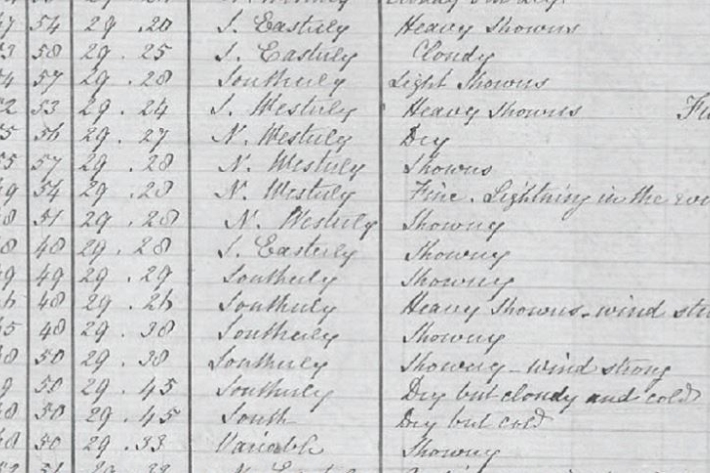-

NIWA's Hotspot Watch
Hotspot29 March 2016A weekly update describing soil moisture across the country to help assess whether severely to extremely dry conditions are occurring or imminent. Regions experiencing these soil moisture deficits are deemed “hotspots”. Persistent hotspot regions have the potential to develop into drought. -
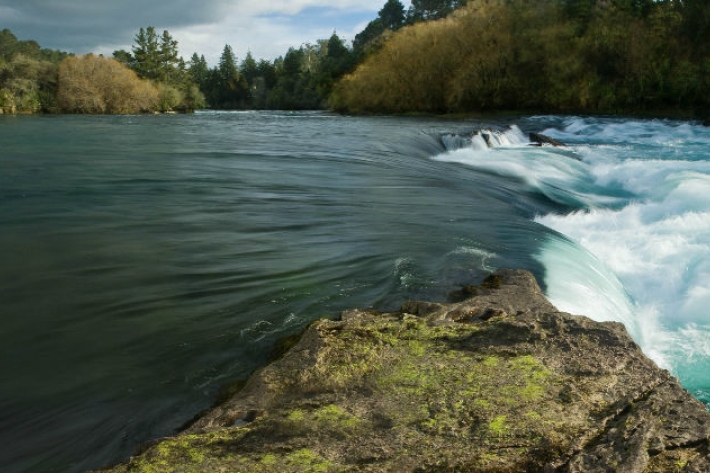
Report on Waikato and Waipa rivers sets benchmark
Media release23 March 2016A whole of catchment Report Card for the Waikato and Waipa rivers has been released by the Waikato River Authority giving the catchment an anticipated low rating for its wellbeing. -

NIWA's Hotspot Watch
Hotspot18 March 2016A weekly update describing soil moisture across the country to help assess whether severely to extremely dry conditions are occurring or imminent. Regions experiencing these soil moisture deficits are deemed “hotspots”. Persistent hotspot regions have the potential to develop into drought. -

NIWA completes first bathymetric mapping of Lake Tekapo
Media release17 March 2016NIWA researchers have spent part of the last month keeping a close eye on the bottom of Lake Tekapo to find out what it looks like and what is going on below the lake bed. -

NIWA's Hotspot Watch
Hotspot11 March 2016A weekly update describing soil moisture across the country to help assess whether severely to extremely dry conditions are occurring or imminent. -
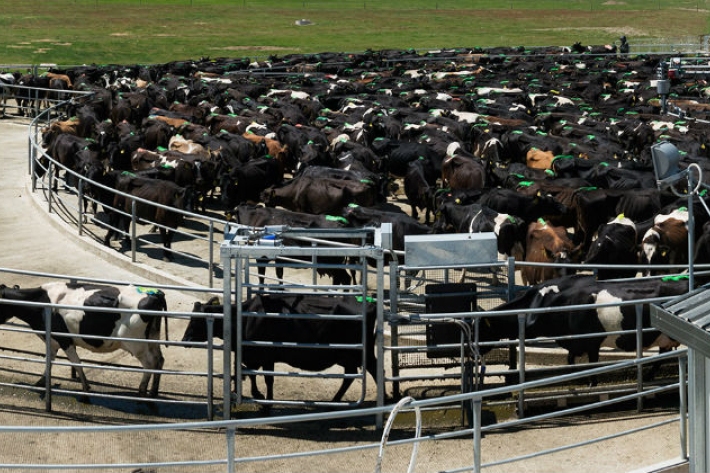
Scientists attribute rising methane levels to agriculture
Media release11 March 2016A breakthrough in understanding about the causes of climate change has today been published online in the prestigious international journal Science. -
Scientists rediscover New Zealand’s first weather diaries
Media release09 March 2016NIWA climate scientists studying the diaries of an early English missionary stationed in the Far North have found the oldest surviving long-term instrumental weather records made in New Zealand. -

Even more flexibility with fisheries software CASAL II
Feature story07 March 2016NIWA-developed software is becoming the international standard in the assessment and management of fish stocks. -

NIWA's Hotspot Watch 4 March 2016
Hotspot04 March 2016Across the northern North Island, soil moisture levels have generally remained the same or increased slightly when compared to this time last week. -
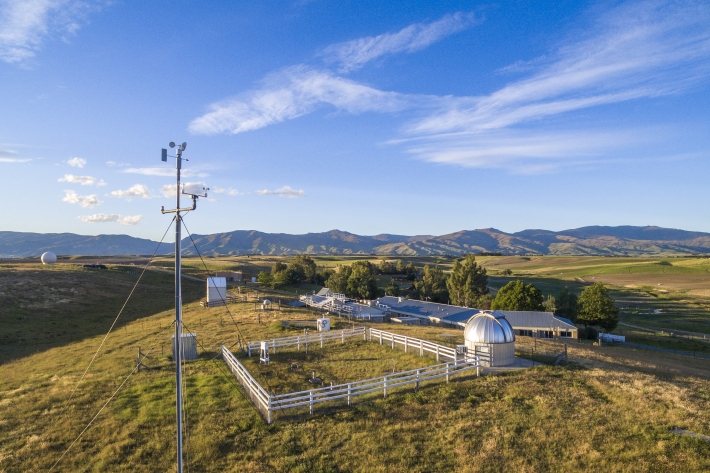
New step for Kiwi-German scientific relations
News article02 March 2016A long-standing international scientific partnership is being celebrated in Central Otago today. -

When the river meets the sea, scientists will be watching
News article02 March 2016Scientists are taking some high-tech equipment to Fiordland next week to find out more about what happens when a river meets the ocean. -
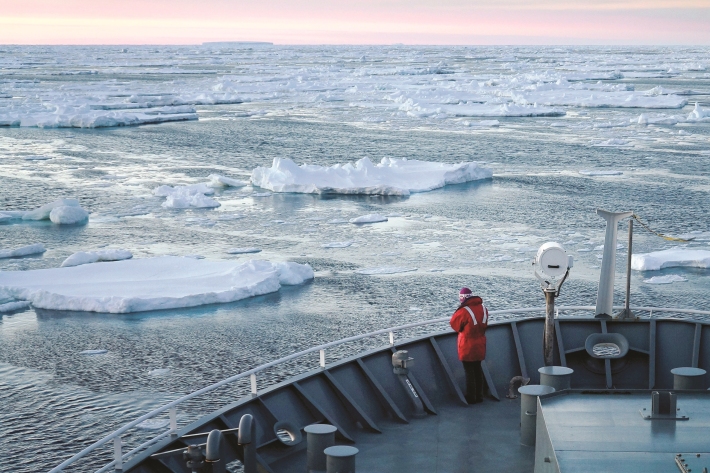
Tapping into nature’s archive of change
Feature story29 February 2016NIWA scientists are tapping into nature’s archives to understand our abrupt climate changes.

